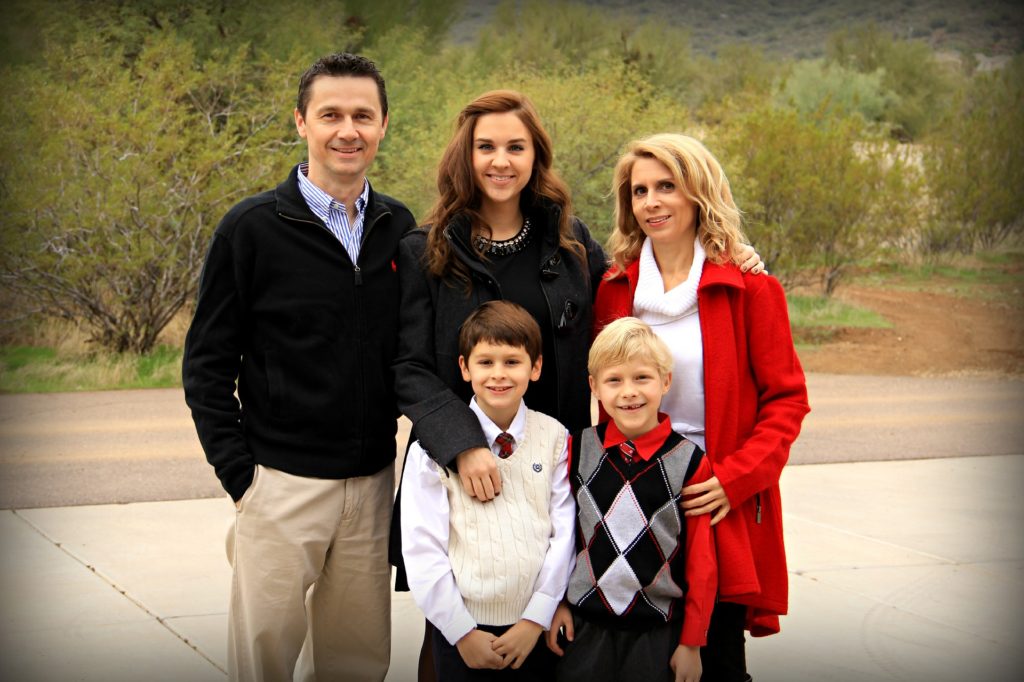A closer look at the selected co-parenting arrangement
A closer look at the selected co-parenting arrangement
In recent times, another form of shared parenting has emerged in our society: co-parenting. The version where two biological parents share the custody of their child after a divorce is far behind our era. This way of raising a child is more like a partnership than a shared responsibility. The selected co-parenting arrangement, what exactly is it and why resort to it?
Selected co-parenting, what is it?
Evolving over time, the selected co-parenting arrangement has almost the same definition as before, but with a small detail that needs to be taken into consideration. While this term used to refer to two people who are legally responsible for a child and who share custody, it is currently defined by people who do not know each other and who agree to raise a baby.
As for the selected version of co-parenting, it involves two conscious people who want to conceive without wanting to go through the couple or partner stage. When trying to get pregnant, the woman can use home insemination. But at the birth of the child, they are bound by their mutual commitment to raise and educate the child, without necessarily living under the same roof. This form of selected co-parenting concerns standard heterosexual co-parents. In homosexual relationships, it is common for couples to commit to raise together a child who has a biological link with only one of the two partners.
As this lifestyle becomes more and more common, heterosexual or homosexual couples can also become co-parents. However, this legislation is not identical in all countries, other nations only accept it under certain conditions.
Selected co-parenting in all its forms
In the case of mixed couples, one homosexual and another heterosexual, the selected co-parenting implies the existence of a child who will be raised together, with each living in a separate household. In this type of relationship, parents must put the child’s best interests first, despite the disagreements that may arise regarding his or her education. For gays, the situation may be a little different, as the number of parents can vary from 2 to 4 people: a couple consisting of two men and a couple consisting of two women. The conception comes mainly from one side of each couple and, as in the first case, education is decided collectively.
As for heterosexual co-parents, the birth of a child may be the result of a friendly relationship preceded by a mutual co-parenting agreement. In this case, the child has only two parents who are not necessarily in a relationship or in love with each other.
How to choose the ideal co-parent?
In a selected co-parenting arrangement, the objective of both is to succeed in building a family, even if you are alone, while at the same time ensuring the happiness of your child. For the well-being of the latter, it is advisable to seek a co-parent who shares the same moral value. It is therefore necessary to have a long discussion on any possible cooperation before any decision is taken. Since both parents will transform the child into a responsible being, the educational partners must have received almost the same education. This will reduce the disagreements regarding the child’s education.
Raising a child with someone who works too much, or worse, who has no fixed income source, can be difficult. In fact, from childhood to adulthood, your child will need many things and will require many expenses that you may not be able to handle on your own. Being a co-parent requires each of you to share the child’s care, education and custody at the same time. If one parent lives too far from the other, the child will have to travel long distances to get from one home to the other. Which is not very practical for his or her education. Emotional stability is also a factor to be considered.
What are the advantages and disadvantages of the selected co-parenting arrangement?
From a financial point of view, the selected co-parenting arrangement allows parents to easily provide for the child’s needs. In fact, sharing all the costs: schooling or other extracurricular activities, allows a young person to discover more things and find his or her way. Having two parents also allows the child to be well supported, especially if both parents are fully engaged in their role.
When choosing co-parenting, the biological father or mother will not encounter any kinship problems. If the child wants to find out where his family is, one of the parents will easily find the answer he or she needs. Looking for the ideal co-parent for your project? You are welcome to contact Coparentalys!
